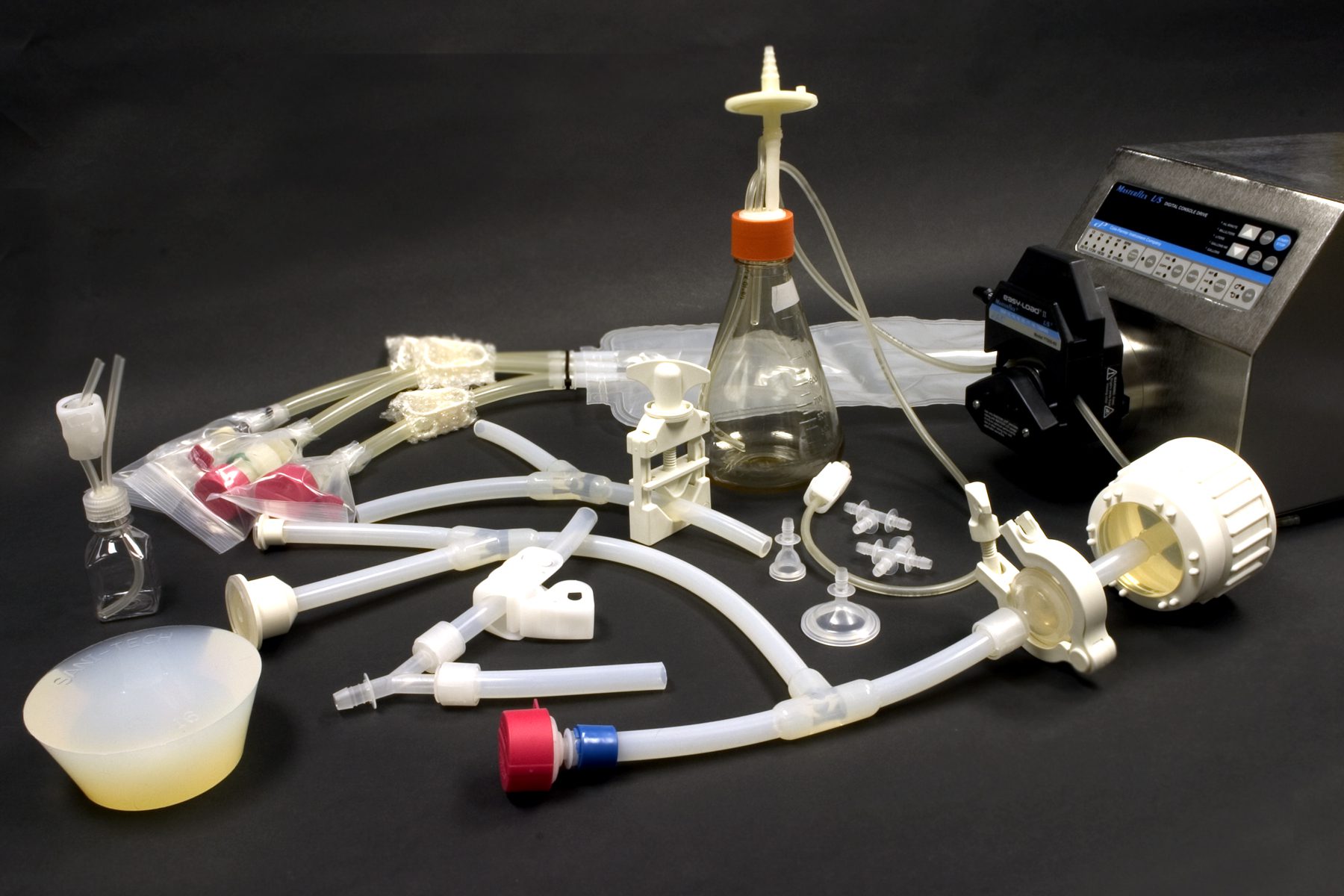Pro’s and Con’s of Single Use Technology
At Holland, we’ve been working with stainless steel process systems for over 60 years. We’re stainless guys. So for us, the recent shift in the pharmaceutical industry towards single use, disposable devices was kind of scary. Fortunately, we’re pretty adaptable and industry thought leaders and are working hard to incorporate single use technologies whenever it makes sense. This post will give a quick overview of the pros and cons we’ve seen and what makes a single use piece of equipment a good fit.
To begin, the disposable systems currently in use have their origins in the fields of medical care and baby care (think rubber gloves and diapers). For medical devices like rubber gloves and one time use sterile swabs, a disposable technology made sense because they come pre-sterilized and greatly reduce the risk of microbial contamination and cross contamination. For diapers, a disposable option made sense because not only does no one want to clean diapers, they also don’t want to pay the laundry bill.
Both of these technologies highlight two of the pro’s of single use technologies- they can be safer and cheaper. Single use assemblies can come pre-assembled by someone like Holland who are pro’s at it and pre-sterilized by a subcontractor who has the equipment necessary to carry out a gamma or ETO cycle. Because a single use device is only used once, there is much less risk of microbial contamination and cross-contamination.
Single use technologies are also cheaper, saving time and cost. They not only carry a lower initial capital cost (think about it- no big tanks and expensive contractors), but also reduce cleaning and sterilization qualification studies, while simultaneously reducing maintenance and cleaning costs. Single use technologies don’t need to be CIP’ed like their stainless counterparts, saving on not-so-environmentally friendly cleaning chemicals as well. Because of this, single use products are generally regarded as “greener”.
Single use technologies are also faster and more flexible. Stainless components like tanks can have lead times of 10-12+ weeks and required extensive qualifications once installed. Single use products have much shorter lead times. Single use components also have smaller footprints and reduce the overall size requirements of a facility.
Now that we’ve hit the high points, we’d be remiss if we didn’t address some of the drawbacks to single use products. One of the biggest day in and day out challenges is material properties and compatibilities. Can you steam it? What is the max temperature and pressure rating? Is it compatible with my product? What are the extractable and leachable contents? All of these are great questions that need to be addressed for each product.
There are also scalability concerns with single use products. 1000 gallon stainless tanks are common, but how about a 1000 gallon plastic bag? Single use products are limited by the properties of the polymer materials from which they are made.
Running costs are also a concern. Some operating cots, such as solid waste disposal, are increased with single use products. Single use products will also need to be continually replaced. This requires greater planning and supply chain management to ensure production is not interrupted, which will usually mean an increase in the cost of on hand inventory.
From a strictly process point of view, the biggest shortcoming in single use products is the availability of high-level automation solutions and sensors. While new products are continually evolving and coming online, including single use pumps, valves, flow meters, and pressure sensors, holistic integration of all of these technologies can be difficult. New technologies also mean more training for current employees.
To conclude, while single use technologies can be safer, cleaner, and cheaper, there are also other drawbacks that need to be taken into account before specifying a single use product. Material compatibility, scale, and automation requirements can all be a deciding factor to stick with an existing reusable option. If you have a question about whether a single use product is a good fit for your application, contact a Holland Sales Engineer today and we’ll get you pointed in the right direction.








